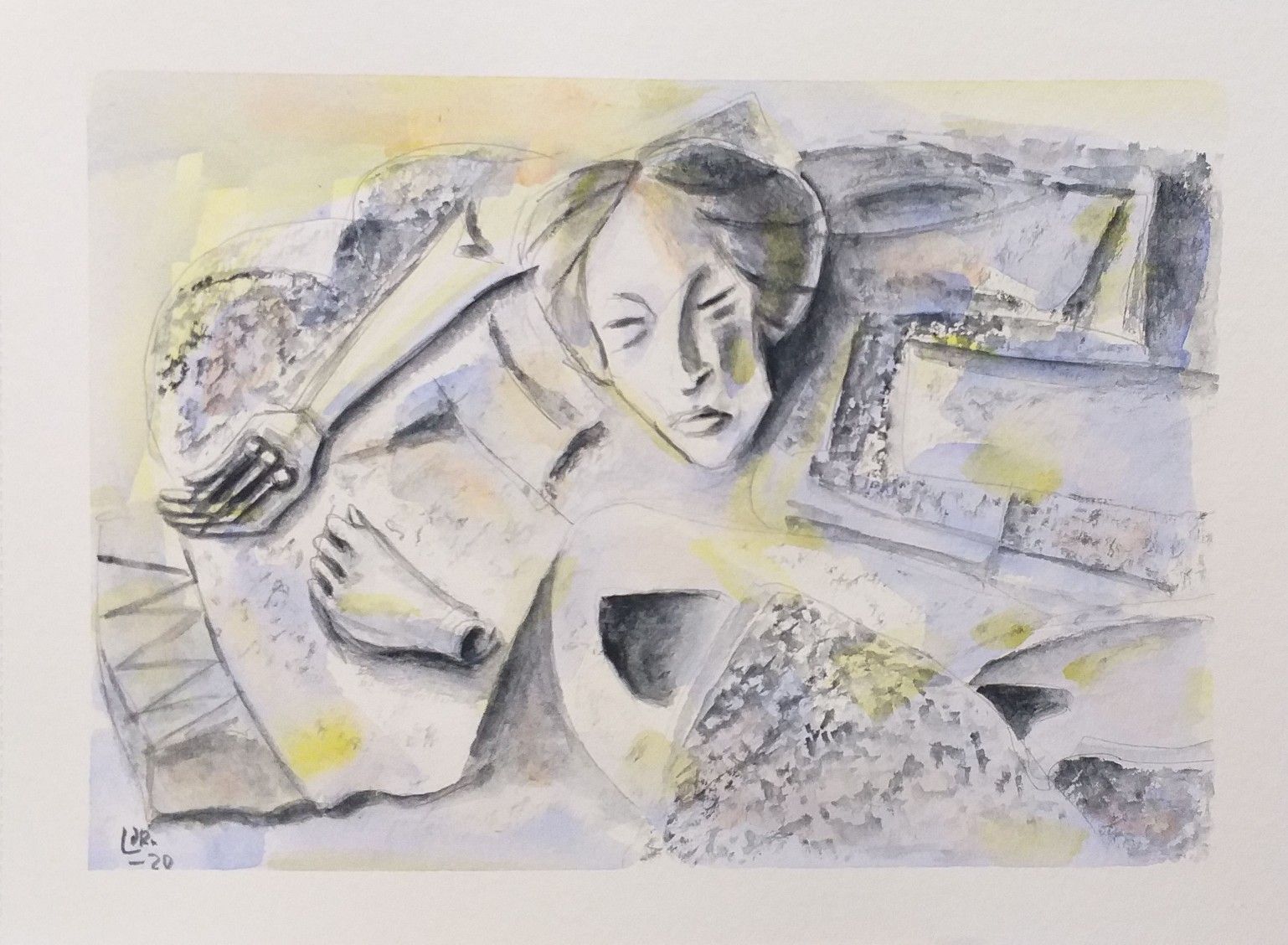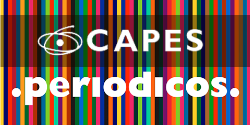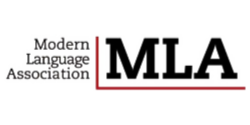Fear, hope and the aesthetic act
Metafictional devices in Philip K. Dick’s The man in the high castle
Abstract
Taking into consideration scenes that evoke either fear or hope in the novel The man in the high castle, this paper argues that Philip K. Dick’s strategy involves the metafictional device of the book-within-the-book precisely because, in using such a foundational event as World War II, he allows for a critical look into different levels of history. These meta-movements that propel multiple readings are mimicked, in the two dimensions of the story, by the circulation of objects that hold historicity, which are taken here as an example of how the aesthetic act is crucial to resist in totalitarian times. The apparently paradoxical forces that emanate from artifacts (the power of metaphors resides both in the fictional The Grasshopper lies heavy and the jewel) give room to the construction of different, and imaginative mechanisms to escape a univocal existence.







